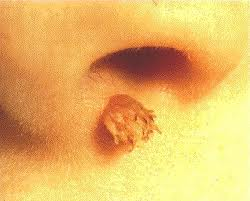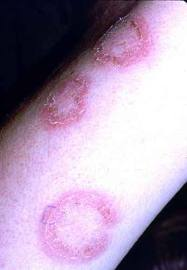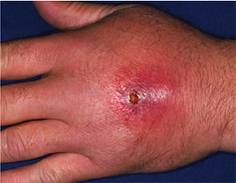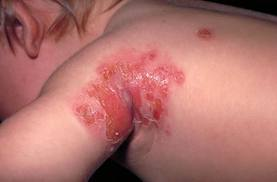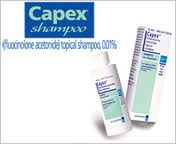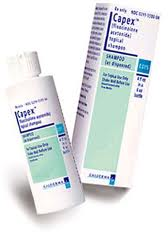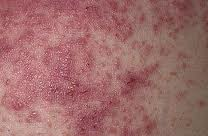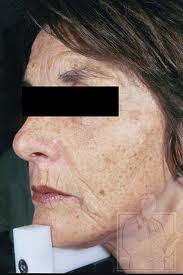Warts are a condition that develops from the HPV or Human Papilloma Virus as it is technically called. While most warts are not considered dangerous and are benign, it is still a virus and needs to be treated as such. Any type of wart can affect someone’s social life and even lead to self-esteem and confidence issues down the road. There are many different forms of warts, over 100 HPV viruses have been found at this point, and there will probably be more to come. Every wart that results from an HPV virus is different and needs to be treated in its own way. Filiform warts are a form of the HPV virus but unlike many other warts, they should be easy to treat. Continue reading
